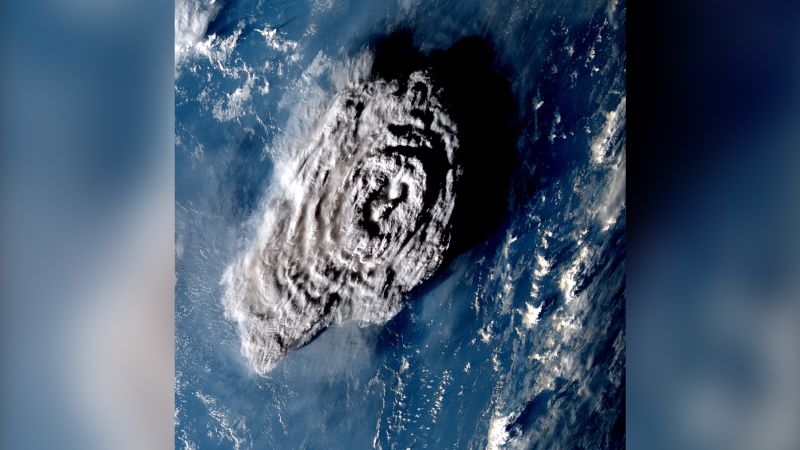Atmospheric drones as a tool for measuring volcanic eruption expulsions: A case study of volcanology in Iceland and the erupting Costa Rica
The experience of descending into a volcano is different every time. There was the one in Iceland that was so foggy, she and her colleagues got lost. The crater in Hawaii where her now-husband proposed. She and others were inside when the Costa Rican volcano erupted. (They escaped.)
There is a looming sense of danger that comes with being in one of Earth’s most volatile natural environments. It is a necessary risk for scientists trying to figure out the causes of volcanic eruptions. “All the while, we’re conscious that we need to get our data and get out—because anything could happen,” says D’Arcy, who studies volcanic geochemistry as a graduate student at McGill University. Mount Unzen erupted in Japan in 1991, killing three researchers and trapping six inside the crater in the later eruption of the Galeras volcano.
That’s why D’Arcy, like others in the field, wants to know if there’s a safer alternative to climbing into the belly of the beast—could a remote-controlled drone do the job just as well? She and her team had written about volcanology in a journal. They conclude in the first paper that atmospheric drone data can be used to measure carbon dioxide expulsions.
“Examples like the Hunga Tonga-Hunga Ha’apai eruption demonstrate that magma-seawater interactions play a significant role in producing highly explosive eruptions that can inject volcanic material to extreme altitudes,” Prata added.
Atmospheric structure and sedimentation during a massive eruption of Mt Pinatubo, the Philippines, at a height of 35.4 miles
The mesosphere, about 31 to 50 miles (50 to 80 kilometers) above Earth’s surface, is above the troposphere and stratosphere and beneath two other layers. The stratosphere and mesosphere are not wet atmospheric layers.
The volcano reached a height of 35.4 miles (57 kilometers) at its highest. It beat the record held by the 1991 Mount Pinatubo eruption in the Philippines and the 1982 El Chichn eruption in Mexico.
According to previous detections by a NASA satellite, the plume sent up into the upper layers of the atmosphere contained enough water to fill 58,000 swimming pools.
The technique allows us to determine the maximum height of the cloud, and also the various levels in the atmosphere where volcanic material was released.
It was necessary to come up with a different approach because of the different views given by the weather satellites located on opposite sides of the Pacific. This has become possible as we don’t have the satellite technology in space to do it 10 years ago.
The eruption “went from nothing to a 57 kilometer-high tower of ash and cloud in 30 minutes,” Proud said. Members of the team also noticed rapid changes in the top of the eruptive plume that surprised them.
“After the initial big burst to 57 kilometers, the central dome of the plume collapsed inward, before another plume appeared shortly after,” Proud said. “I hadn’t expected something like that to occur.”
“Often when people think of volcanic plumes they think of volcanic ash,” Prata said. “However, preliminary work on this case is revealing that there was a significant proportion of ice in the plume. We also know that there was a fairly modest amount of sulfur dioxide and sulfate aerosols formed rapidly after the eruption took place.”
